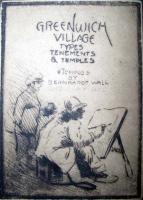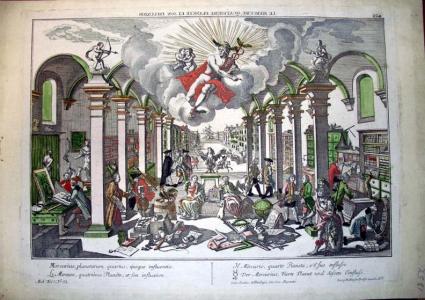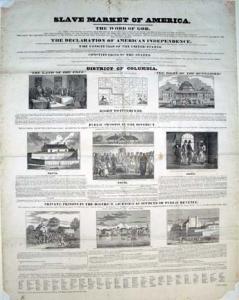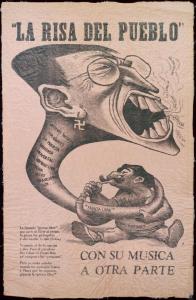
Bernhardt Wall, Greenwich Village Types, Tenements & Temples (New York: printed by the author, 1921). Etchings. Graphic Arts collection, Princeton University. GAX Oversize 2006-0915Q
Bernhardt Wall, sometimes called the American William Blake, was born in Buffalo, New York on December 30, 1872. He worked as a commercial illustrator in New York and Buffalo, making a name for himself with a series of popular, comic postcards. In 1915 Wall took a trip to the Southwest and used the sketches he made to create a group of copper-plate etchings. Wall printed them in an edition of 50 and bound them into small volumes. He made the unusual choice of also printing the text from the copper-plates rather than letterpress, saving the need to print each sheet twice. The innovative volumes proved a great success and a turning point for his career.
Wall became not only author and artist, but designer, printer, binder, publisher and distributor of little books. Success allowed him to travel widely, in particular the American Southwest, and at the height of his career he kept working studios in New York, Houston (TX), Lime Rock (CT), and Sierra Madre (CA).
OCLC reports 141 books by Wall (Princeton University Library owns nine) including two completely etched magazines he attempted. This first, Wall’s Etched Quarterly, lasted through only three volumes in 1921. Later, when Wall moved to Lime Rock, Connecticut, he tried again with The Etched Monthly, which ran from 1928 to 1929. Wall’s neighbor in Lime Rock was the master printer and paper historian Dart Hunter, with whom Wall became great friends.
There are several issues of Wall’s Greenwich Village, each of the same set of images. The first appeared in 1918 in an edition of 100 copies. Online sources offer no evidence of a second edition, but in 1921 Wall published 50 copies of a “third state” (Princeton owns copy no. 7), using the fine art term to indicate that the plates had been slightly alerted. A third edition was released in 1947 limited to 50 copies. A complete bio-bibliography has been written by Francis J. Weber, entitled Following Bernhardt Wall (1974).




Recent Comments